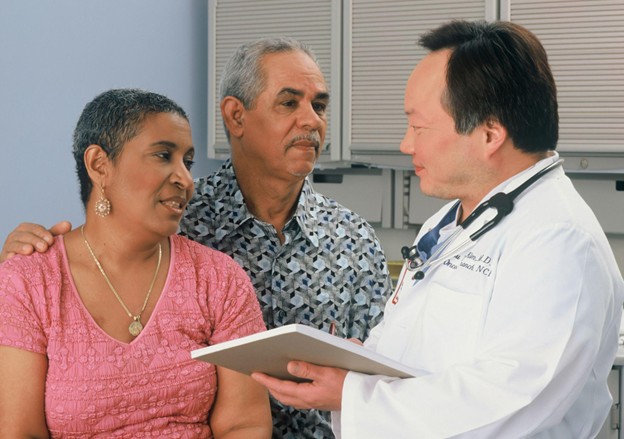
The Coronavirus halted the daily hustle-bustle of the world, forcing every one of us to stay confined to the safety of our households. However, after a year of battling out the coronavirus with the joint efforts of the health workers and the public, the virus finally seems to have fizzled out. It is time to head to work again for countless young individuals across the world. It feels surreal to get into public transportation like transit or a bus after such a long period.
Ironically, all the modes of public transportation have seen a rapid decline in public usage in the post-pandemic era. People are still skeptical about the safety measures inside a bus or transit, compared to the enhanced level of security that they feel in their own personal cars.
Despite the majority of the governments around the world funding to revive public transportation, people will still prefer to endure longer journey times in their Toyota Venza Hybrid or any other car instead of hopping on buses or bicycles. So is public transport really affected in the future scope of things?
Your daily commute won’t ever remain the same
Some interviews with transportation and public-health experts revealed that the pandemic period offered a glorious opportunity to reshape and rethink public transportation systems. Public transport systems have been in a shape of crisis owing to stringent lockdowns. Public transport today also faces the challenge of warding off the coronavirus and keeping all its travelers safe and sound.
For that purpose, various public transportation systems around the world have started new measures to keep COVID-19 at bay. For example, cities like Shenzhen and Guangzhou in China have enabled pre-booking seats on city buses and trains. Pre-booking on smartphones or online portals helps the customers to avoid touching a grimy kiosk to swipe their tickets.
Many cities can use existing technologies like automatic vehicle location and passenger-flow monitors to divert their bus routes depending on the demand. Cities in the UK and Australia already disclose the capacity of their trains and buses using automated passenger counters and weight sensors, so that passengers can make an informed decision by picking the least crowded train or bus.
Just last year, Google started providing traffic information to passengers in 200 cities across the world. This information predicted the capacity level in buses or trains so that passengers can avoid boarding overcrowded trains or buses.
However, the biggest challenge for such systems remains the trade-off between safety and privacy. There are already monitoring apps out there in various countries that reveal if you have previously ridden with a COVID-19 positive individual. Apple and Google have already developed apps with this contact-tracing ability in China, Singapore, and other countries.
Facial sensors have already been deployed on public transportation in China. These sensors measure your body temperature and reject entry into public transport if you have contracted a fever. You need to present an immunity card with accurate antibody testing the next time you want to step inside a bus or subway station.
In South Korea, the government tracks infected individuals by their credit card history and cell phone location data. For the land of freedom like the USA, we believe that people won’t be willing to settle in for any contact-tracing measures. Cultural differences play a huge part in the willingness to give up personal data, as most people in the US and Europe will end up avoiding public transport if such measures do come into place.
Why do people still choose cars and congestion over public transport?
The whole motive of public transportation is to connect heaps of people with the various bustling neighborhoods and plazas located within the city. However, public transportation carries an increased risk of spreading infectious diseases at a high rate. In a study conducted during the 2008-09 influenza season in the UK, researchers revealed that those who traveled on buses or transits were more than 6 times more prone to infectious diseases than those who rode in a car or bike.
The obvious solution for people is to travel in their personal car instead. But, the catch here is that such people are more prone to chronic illnesses like obesity and heart disease. Both of these are health vulnerabilities that increase the risk of COVID-19 infection. Research also revealed that urban neighborhoods with close proximity to shops and access to public transportation had lower rates of chronic illnesses.
Despite the fact that cars contribute to global greenhouse emissions and health hazards, people would still prefer the comfort of their car instead of the social pressure associated with a mode of public transport. After all, a society most vulnerable to COVID-19 is the one that solely relies on cars and leads a sedentary lifestyle in the process.
What lies in the future?
The biggest challenge for city administration is to persuade people to revert to public transportation again. Most individuals feel that it is still quicker to travel to city centers by car despite the growing traffic congestion.
Besides, most city administrations have provided no means of investment for sustainable modes of transport. Further, a lack of commitment to establishing bus or bike lanes within cities has prompted people to stick to their cars as their daily mode of routine.
Public transportation is a way to bring people of different races and income levels together, and it is a true indicator of the vibrant city lifestyle. It will take a while for things to revert back to normal once again, yet we would encourage people to opt for public transport again once the proper safety measures are in place.






